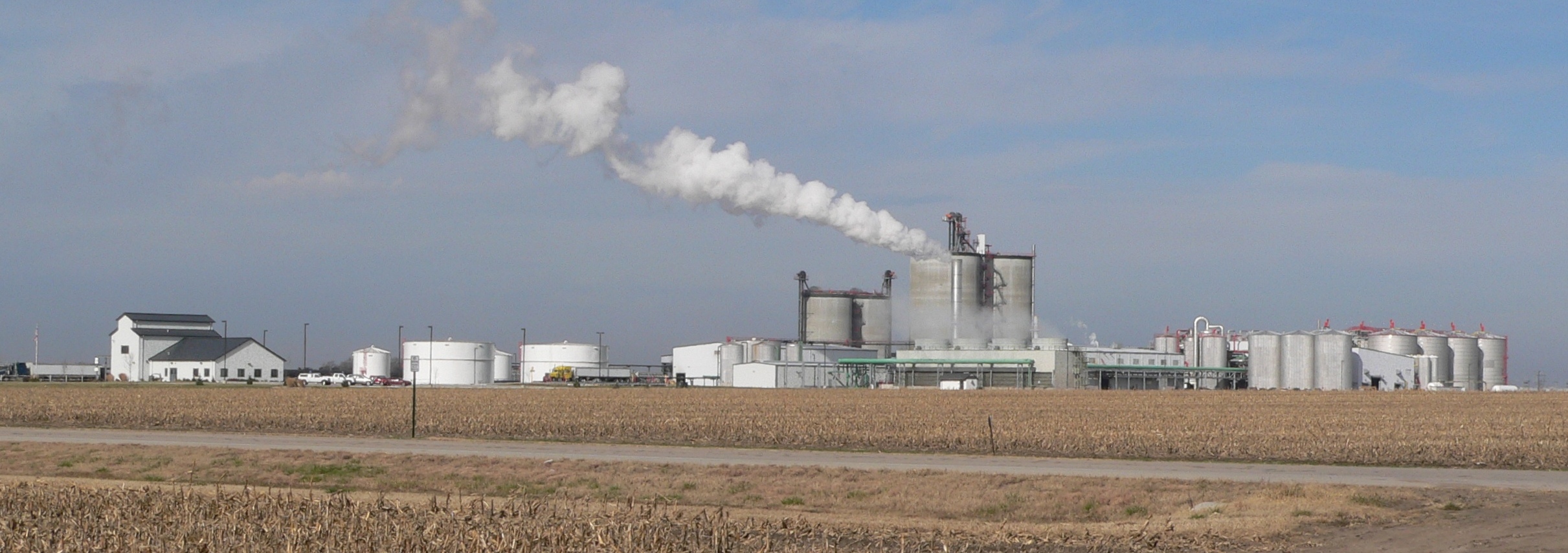Paper: Climate Benefits of Increasing Plant Diversity in Perennial Bioenergy Crops
Authors: Yi Yang, Evelyn C. Reilly, Jacob M. Jungers, Jihui Chen, Timothy M. Smith

Source: Ammodramus / CC BY-SA via Wikimedia Commons.
Climate change, primarily caused by fossil-fuel-based CO2 emissions, could trigger disastrous consequences, including extreme weather and mass species extinctions. Bioenergy (a renewable energy derived from plants) can reduce greenhouse gas emissions by replacing fossil fuel with biomass. Atmospheric carbon is consumed via photosynthesis by bioenergy crops, such as wood, grain crops, and perennial grasses. Perennial grasses are good candidates for bioenergy crops because they can be directly combusted or converted to ethanol.
Numerous field experiments in natural grass ecosystems showed the benefits of plant diversity in ecological services (such as refreshing air, water conservation) and ecosystem production (biomass yield), but not whether these benefits related to plant diversity hold true for bioenergy crops as well. In this recent review, Yi Yang and coauthors discuss 54 grassland biomass studies, covering 89 experiments at ~70 sites, to better understand the effects of increasing plant diversity for perennial bioenergy cropping experiments on abandoned agricultural land with degraded soils for 30 years, a duration typically assumed for bioenergy feedstock production.

Source: One Earth under CC BY 4.0
Scientists have found that increasing plant species diversity supports the goal of climate change mitigation in four ways: (1) by maintaining or even increasing the yield of plant crops, which directly replace fossil fuels with ethanol made from plant fibers like cellulose; (2) by reducing the application of synthetic herbicides and fertilizers, thus reducing greenhouse gas emissions along their supply chain; (3) by reducing direct nitrous oxide (N2O) emissions, particularly through the fixation of nitrogen by plants such as legumes; and (4) by sequestering more carbon dioxide in the soil, contributing to atmospheric reductions in CO2.
The primary benefit of plant diversity may also lie in maintaining high yields while improving the resiliency, nitrogen efficiency (with legumes), weed control, and long-term carbon storage capacity of the system. Growing diverse crops for bioenergy provides other environmental and ecological benefits as well, such as greater temporal and spatial stability (because of resource partitioning), improved pollination, more resistant to the threat of plant pathogens and pests, and the provision of a wide range of ecosystem services.
Thus, the potential benefits of plant diversity translate to 50%–65% greater life-cycle greenhouse gas savings for biofuels (in the case of ethanol, this includes savings due to perennial feedstock production, transportation, ethanol refining, and the use of ethanol in vehicles) from more diverse grassland biomass grown on degraded soils. While continued experimentation with different species combinations to assemble the ideal species mixtures for specific sites is essential to realize the potential benefits discovered in this review study, it’s clear that the bioenergy industry should consider multi-species mixtures because they offer greater economic and environmental benefits.
Great Success with Mixed Perennial Grasses for Bioenergy Crops by Xiangmin (Sam) Sun is licensed under CC BY-SA 4.0
